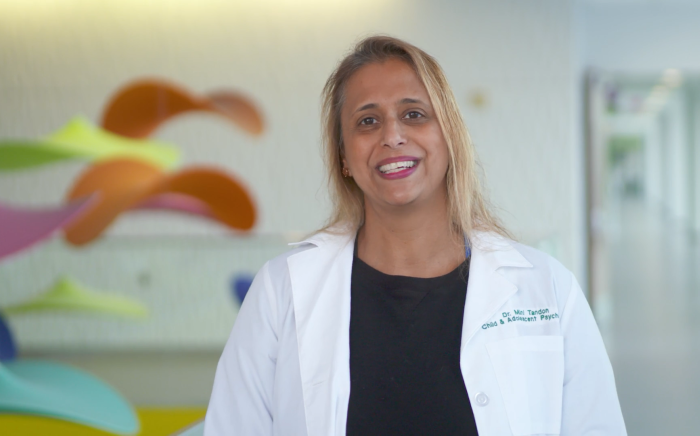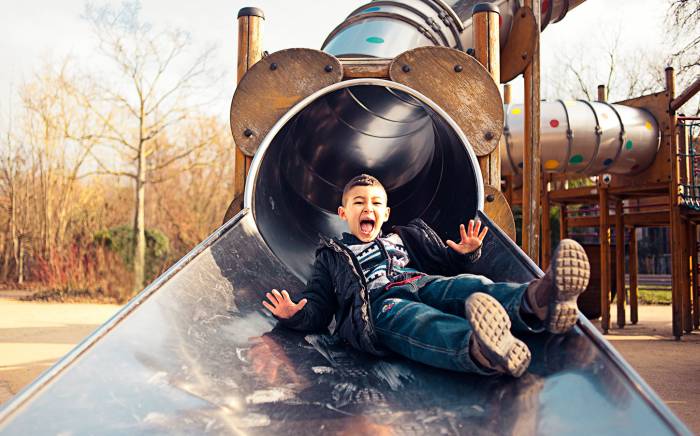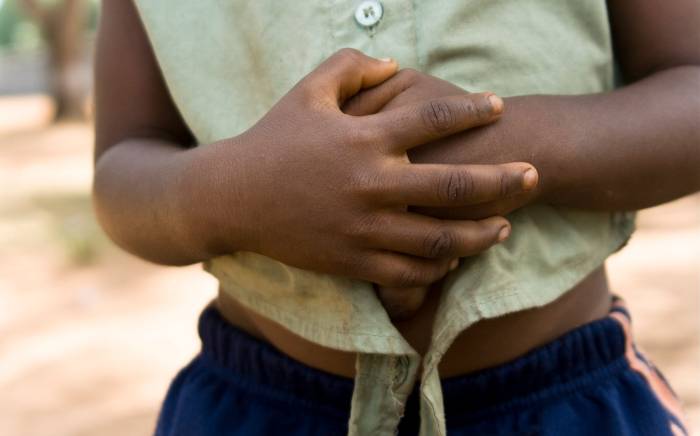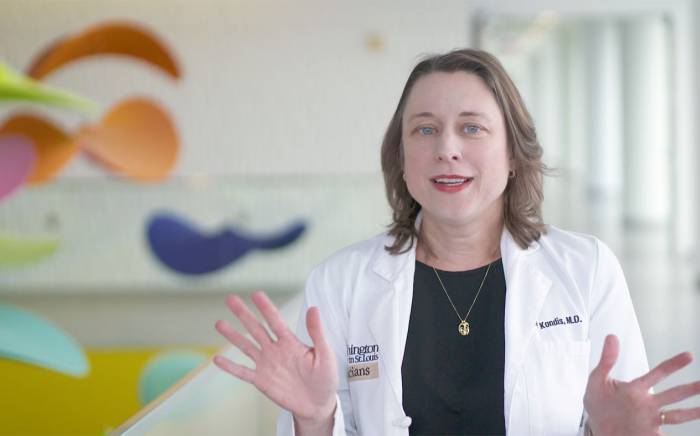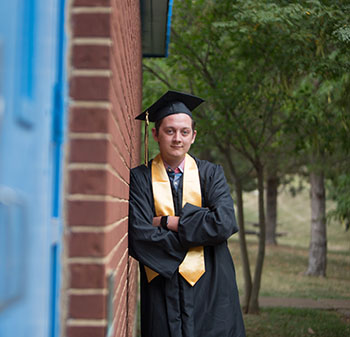 When Stephen Burrows was 15 and a sophomore in high school, he began having what he describes as blackouts when he stood up. “My vision would go a bit dark, and I would experience a numbing sensation throughout my body,” he says. “Sometimes I had to sit down again; sometimes I needed to grab onto something to remain stable.”
When Stephen Burrows was 15 and a sophomore in high school, he began having what he describes as blackouts when he stood up. “My vision would go a bit dark, and I would experience a numbing sensation throughout my body,” he says. “Sometimes I had to sit down again; sometimes I needed to grab onto something to remain stable.”
Then over Christmas break in 2013, Stephen felt a blackout coming on, but this time he wasn’t quick enough to steady himself. He fell and gashed his knee. His parents, Kathy and Steve Burrows, already were worried about Stephen because he was sleeping constantly, all night and most of the day. An X-ray and computed tomography (CT) scan showed that the lymph nodes around Stephen’s heart were swollen, which his doctor said could mean one of two things—an infection or cancer. The doctor recommended the family make the 90-mile trip from their home in Fredericktown, Mo., to St. Louis Children’s Hospital to get a definitive diagnosis.
A biopsy performed at Children’s showed Stephen had stage IV Hodgkin’s lymphoma, a cancer that starts in white blood cells called lymphocytes. Lymphocytes are part of the body’s immune system.
“Stephen was classified as having stage IV Hodgkin’s disease because he had swollen lymph nodes throughout his body,” says Washington University physician David Wilson, MD, PhD, a pediatric hematologist/oncologist with Siteman Kids at St. Louis Children’s Hospital. “Fortunately, even patients with stage IV Hodgkin’s have a good chance of going into remission with multi-modality treatment consisting of intensive chemotherapy and radiation therapy.”
Despite that hopeful prognosis, Stephen’s first thought was that his life was pretty much over. “I had sports, I had school, I was just a sophomore in high school—I thought all of that was going to end,” he says. “But as I learned more about the cancer and its treatment, I realized it would be a long journey, but that it was possible for me to go into remission. It was still scary, though.”
Helping him through the treatment were his family and the nurses at Children’s Hospital, particularly a nurse named Luke Hofmann. “Luke and I connected because we had a lot of interests in common,” says Stephen. “At one point, he sat me down, and we talked about my cancer and treatments. He really helped with making my journey bearable, and I always looked forward to seeing him when I had to go to Children’s.”
That encouragement helped Stephen to keep up with his studies and, whenever he felt up to it, to run track with his teammates and attend track meets. He made it through not only chemotherapy and radiation therapy, but also associated immune system side effects. On May 20, 2014, he found out his cancer was in remission.
“I can’t say enough about the care we received at Children’s Hospital,” says Kathy Burrows. “Stephen was never treated as ‘just’ a patient. Sometimes you see a doctor, and you feel like they don’t care. Children’s Hospital doctors care. And the nurses would stay with us for hours, taking care of me as well as Stephen.”
Once his treatment was completed, Stephen returned for checkups every three months and then six months. He now returns annually to the hospital’s late effects clinic, where he is closely monitored for any sign of chronic or late-occurring medical conditions that persist or develop because of his cancer or its treatment.
“Our late effects program focuses on optimizing the health of our pediatric cancer patients and ensuring they receive all the support they need to move forward in life,” says Dr. Wilson.
The excellent nursing care Stephen received at Children’s Hospital inspired the next phase of his life’s journey. He currently is a sophomore at Southern Illinois University – Edwardsville with plans of becoming a pediatric oncology nurse.
“I decided to go into this field so that I can help kids who are going through the same thing I went through,” he says. “Maybe my experience will help make their journey a little better.”

